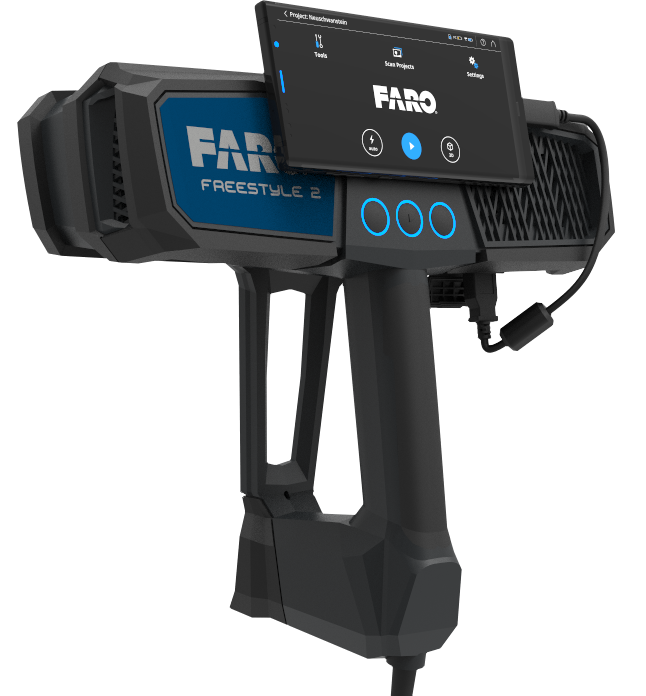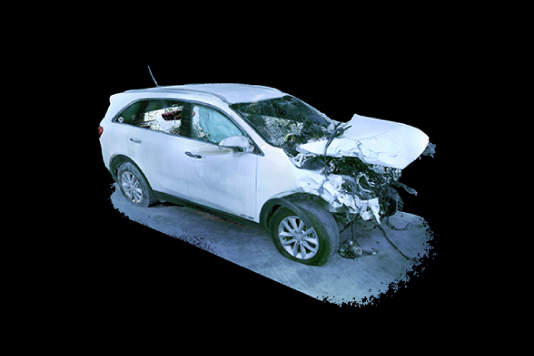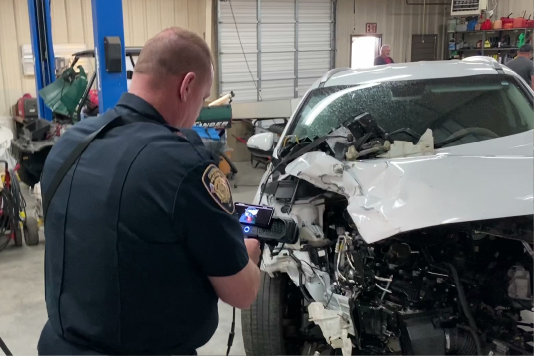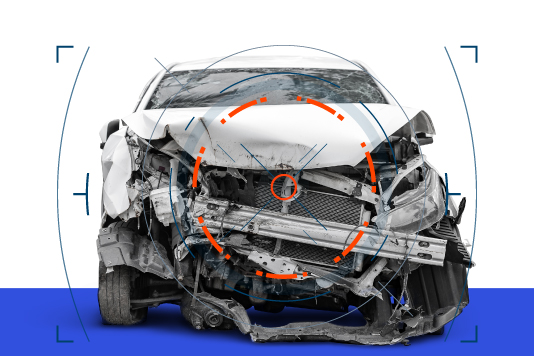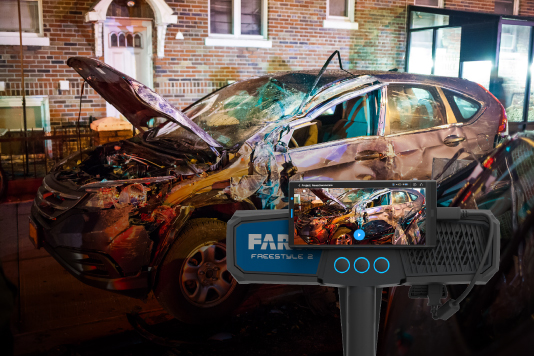3 Ways Police Departments Are Reducing Bias in Investigations
Confirmation bias describes the tendency to overvalue information based on an individual’s beliefs or experiences. In investigations, it can impact the way in which criminal evidence is collected and evaluated. For instance, if officers have responded to multiple domestic violence calls from a specific residence and later receive a call about an injury or homicide at that same location, they may suspect they already know who is responsible based on their previous experience with those specific individuals.
Confirmation bias cannot be completely removed from any situation, but police departments are taking steps to help significantly reduce its effect on investigations.
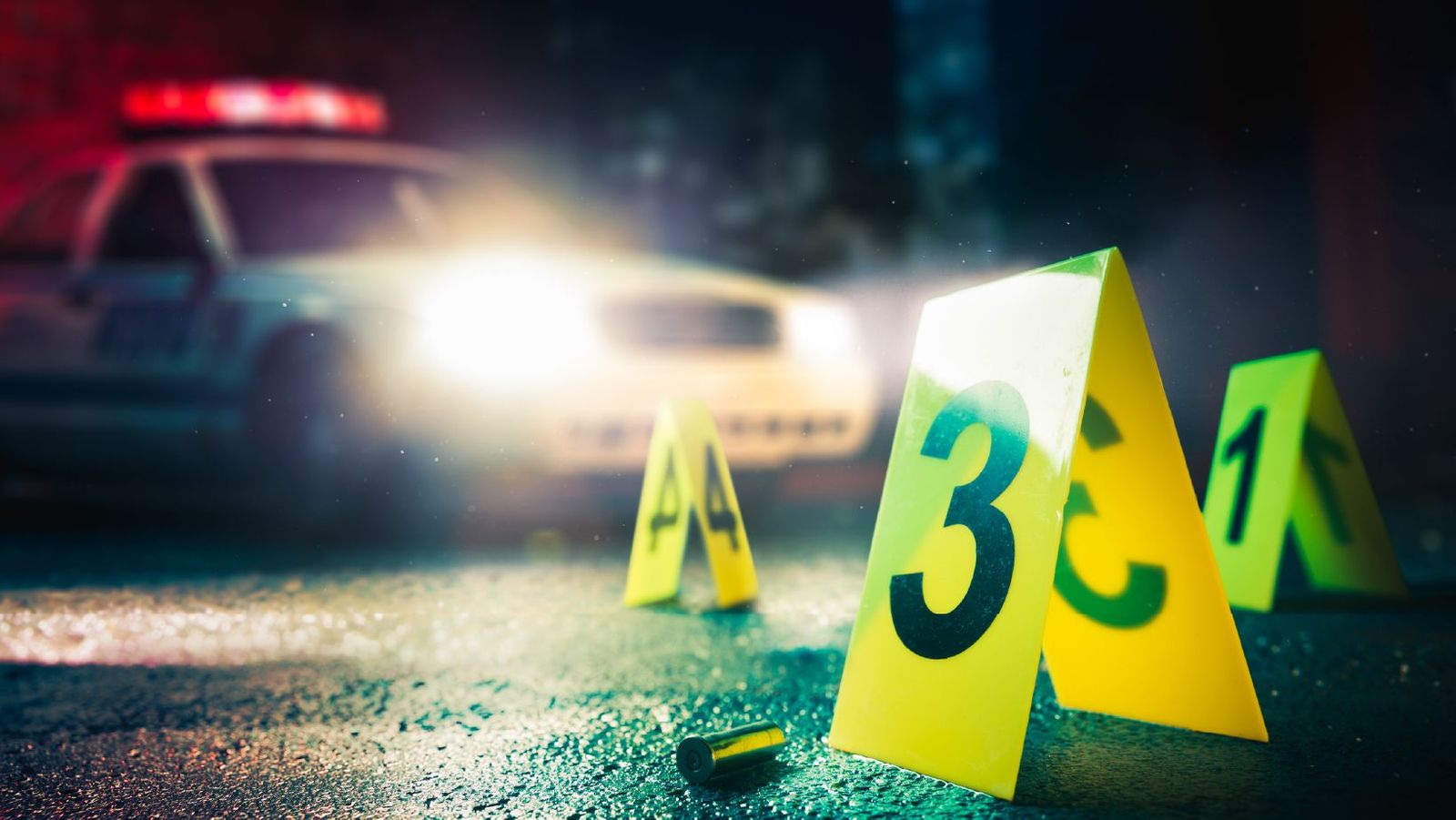
1. Establishing Bias Training
One of the best ways to combat confirmation bias is by trying to disprove theories or assumptions instead of proving them. This helps prevent “groupthink” and premature conclusions. Facilitating an atmosphere of open inquiry, encouraging different perspectives and points of view, and establishing an understanding of confirmation bias amongst all team members can all help as well.
Trainings are already becoming commonplace in many offices across the U.S., and rigorous research and new processes are constantly being conducted and proposed to find new ways to reduce bias.
Some of the largest police departments in the U.S. have implemented new training and policies to help address different types of bias, including confirmation bias. In 2018, the New York Police Department began a $4.5 million training contract through the Florida company Fair and Impartial Policing.
The Los Angeles Police Department and San Francisco Police Department have also participated in workshops focused on minimizing bias through cognitive-based learning methods, which help officers retain the knowledge faster and apply it effectively to alter their behavior.
2. Increasing Transparency in Data Capture and Sharing
As photoshop, deep fakes, and doctored footage become more widespread and sophisticated, many people are distrustful of digital information and assume it may have been manipulated in some way. That’s why it has become the standard for police departments to utilize modern data capture tools and processes that offer more transparency and establish trust.
Many departments manually hash and log their data collection to accomplish this, but it is now possible to verify data authenticity automatically with digital hashing, which protects the integrity of 3D capture at its source. Tools like FARO® Laser Scanners achieve this by providing encrypted security codes to raw scans and hashing the data when it is captured. This allows officers to show that the raw scan data has not been altered or changed in any way since the exact time it was captured.
Another way to help secure integrity and build trust is by establishing and following a clear chain of data movement. That way, it is easy to show that the data has been securely stored and maintained. The more processes that are put into place to verify the integrity of information, the more the public will trust that the information they are presented with is accurate and unbiased.
3. Implementing More Holistic Crime Scene Documentation
Crime scene documentation tools are developing at a rapid rate, offering departments more options for holistic and precise data capture.
With traditional methods like 2D photo documentation, certain details are at risk of being lost or excluded, while 3D scanners, like the FARO® Freestyle 2 Handheld Scanner, are able to preserve the scene and essentially freeze it in time – drastically reducing the possibility of biased documentation.
Handheld scanners enable officers to capture the crime scene from every perspective and angle, and essentially bring the crime scene into the courtroom so the jury can see it for themselves and draw their own conclusions.
Because these tools are able to capture even the smallest details – like objects inside a garbage can or under the seat of a car – they make for more thorough and unbiased investigations. A detail that may not have seemed important during the initial data collection process may prove to be critical later in the investigation, and if the scene was captured in 3D, investigators can go back and examine the scene just as it was with the new evidence.
Many departments also use drones and tripod laser scanners alongside handheld scanners to capture the scene from as many perspectives as possible. For example, mass shooting scenes are often extensive and cannot be fully captured by a scanner on the ground. Drones can capture the scale of the entire scene from above while the tripod and handheld scanners can preserve the more intricate details below.
Although it is impossible to remove confirmation bias altogether, police departments can still move towards reducing it by recognizing it, implementing specialized training to confront it, and utilizing more holistic, transparent data collection methods and tools.
Learn more about how the Freestyle 2 can help prevent bias in investigations with more accurate data capture.

